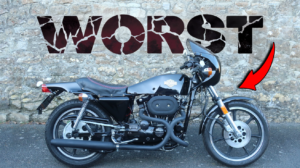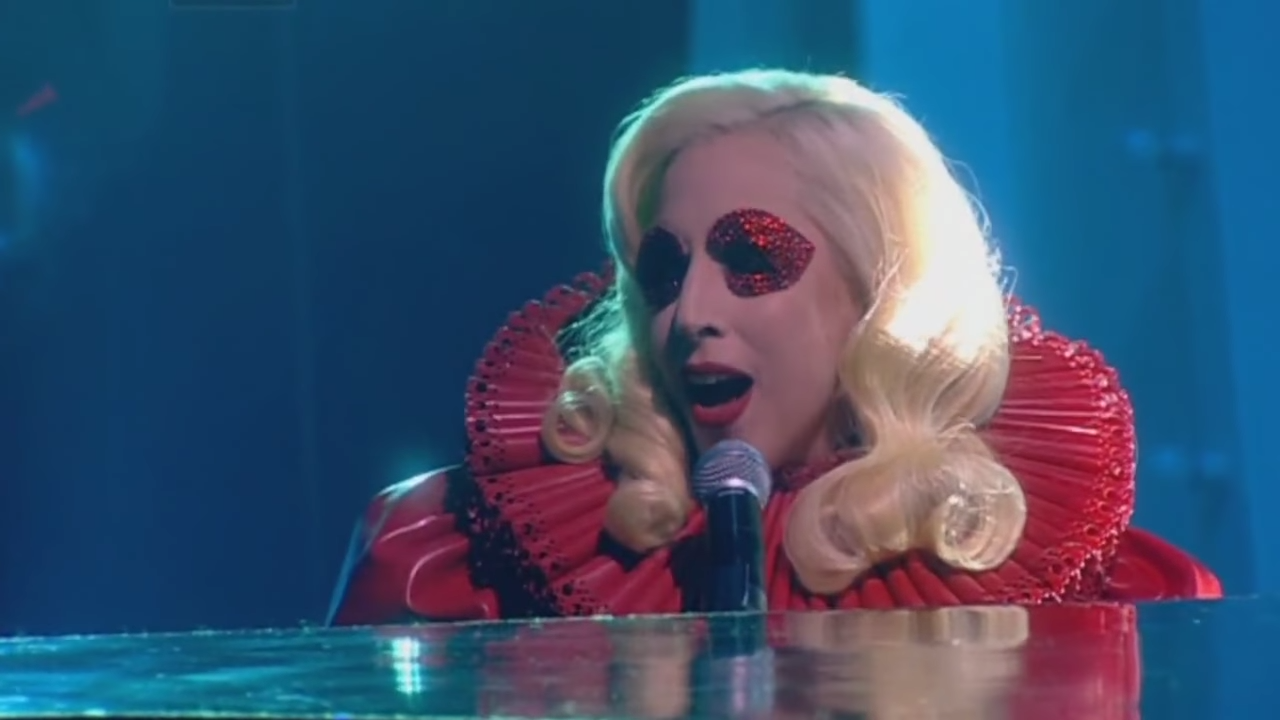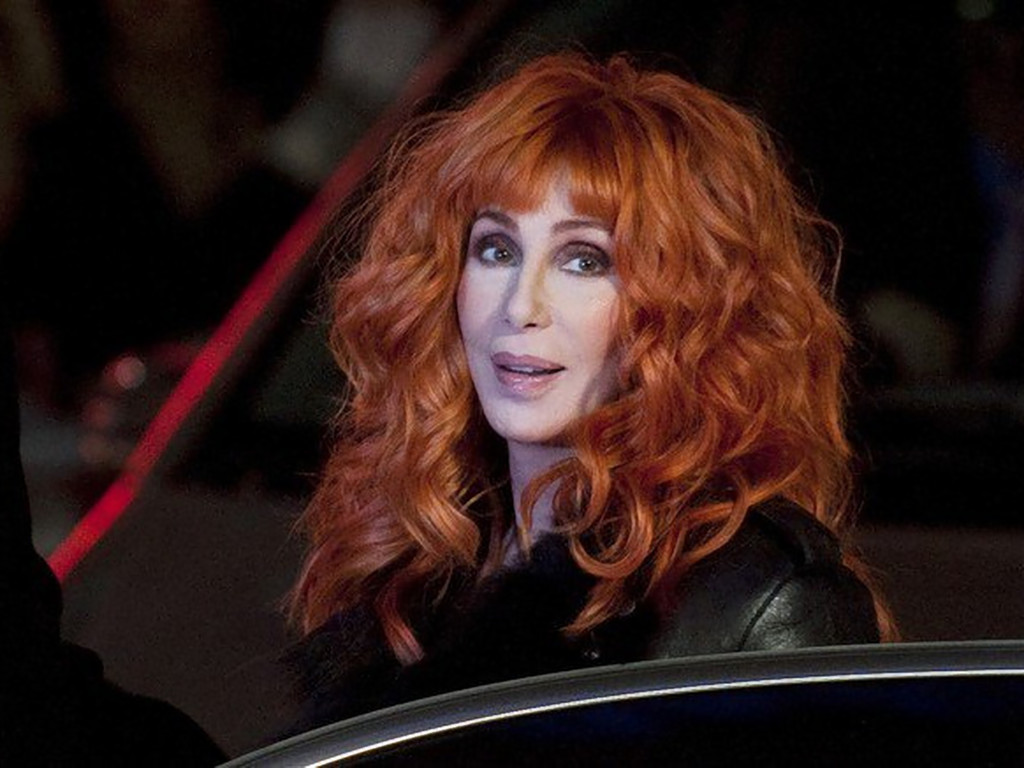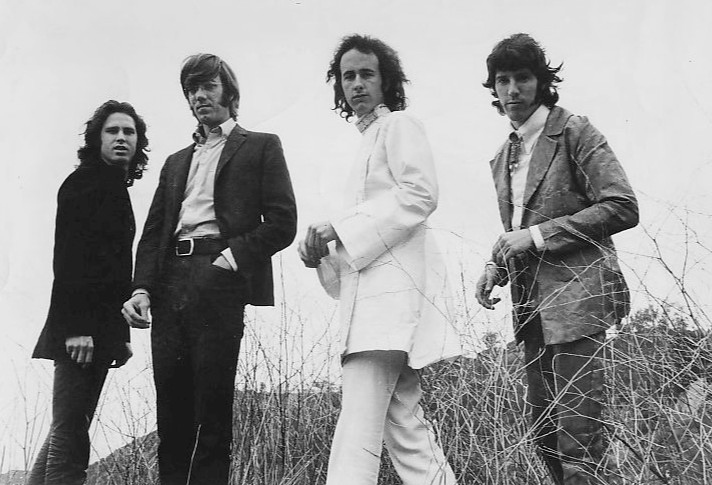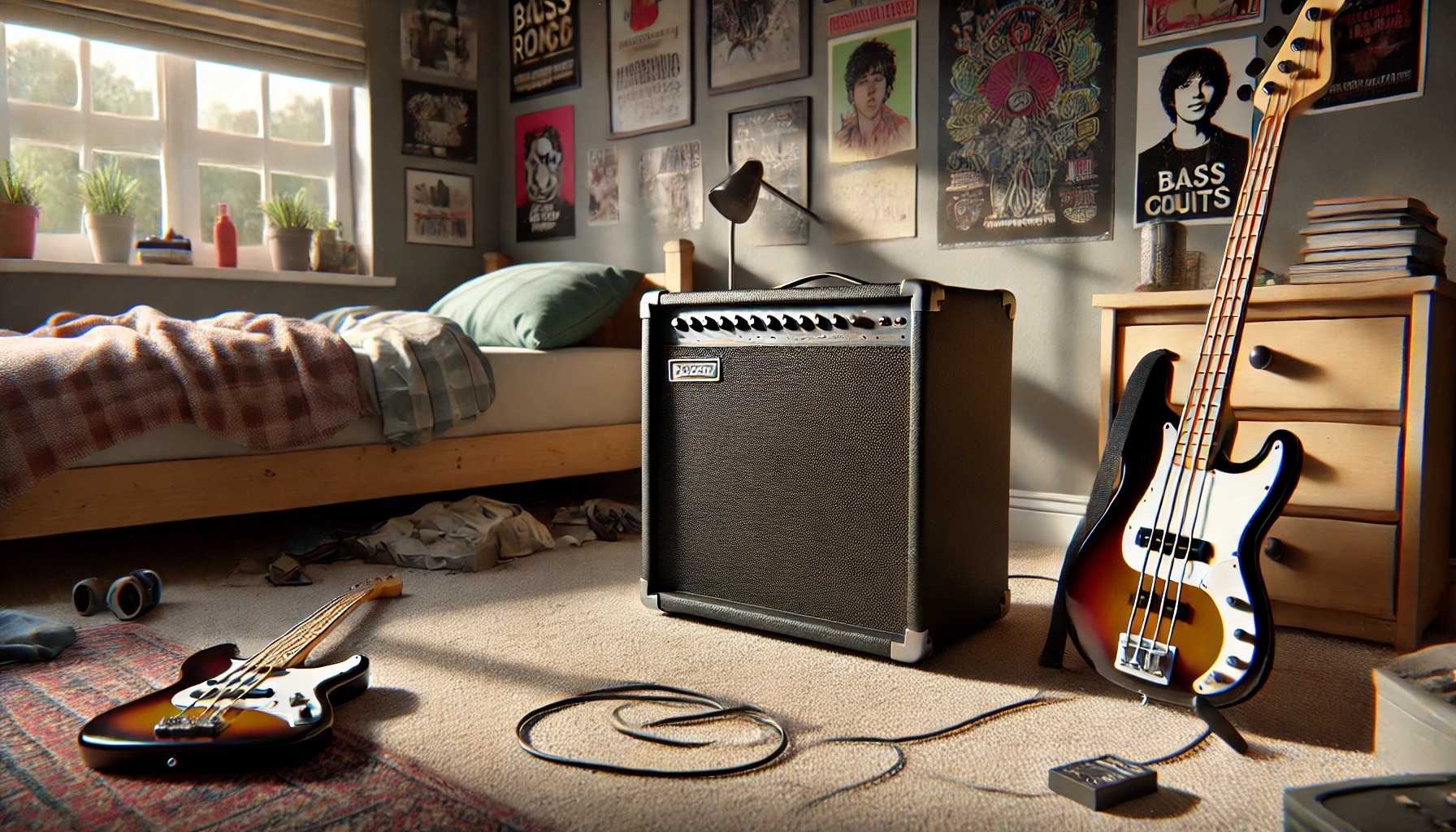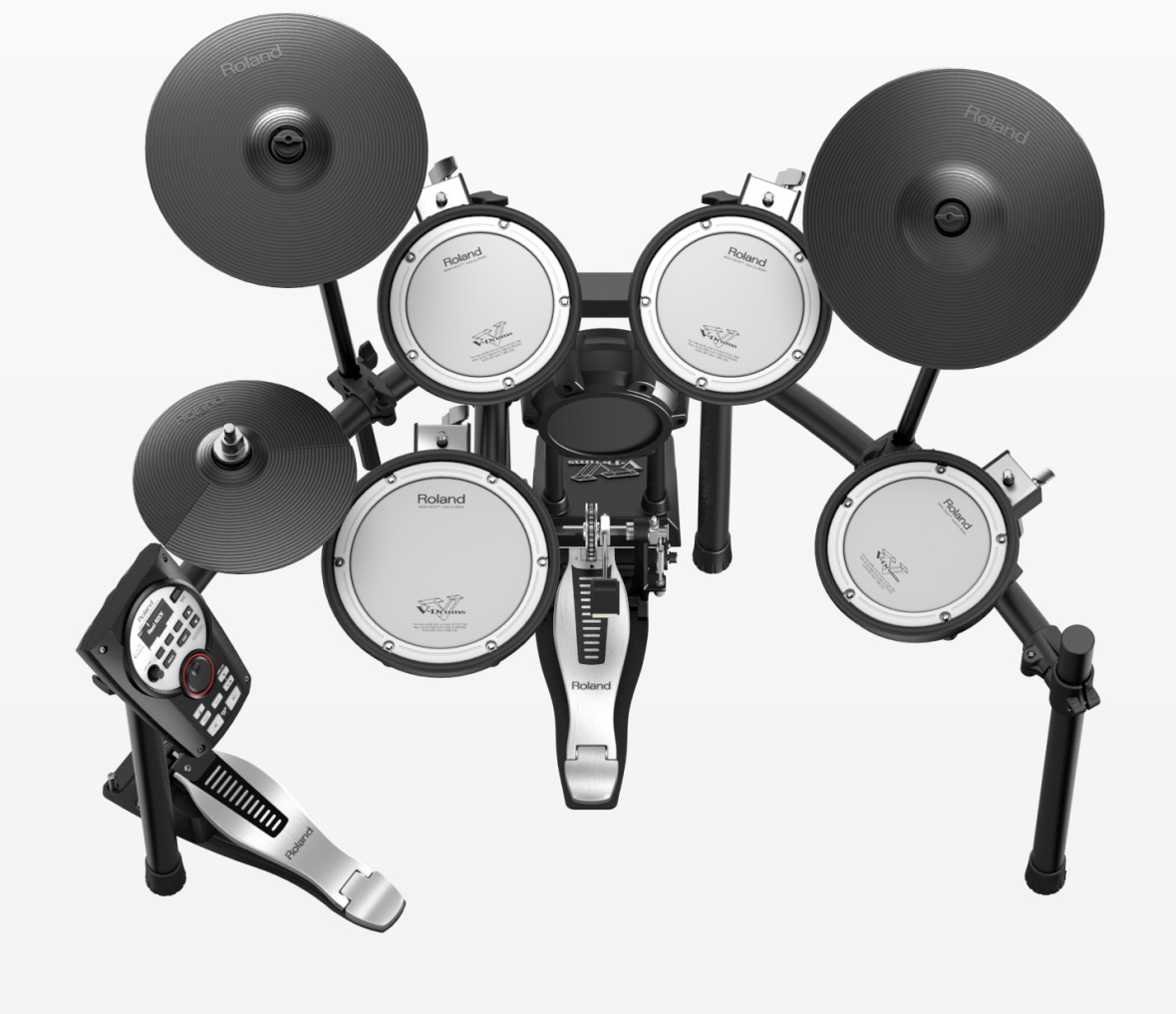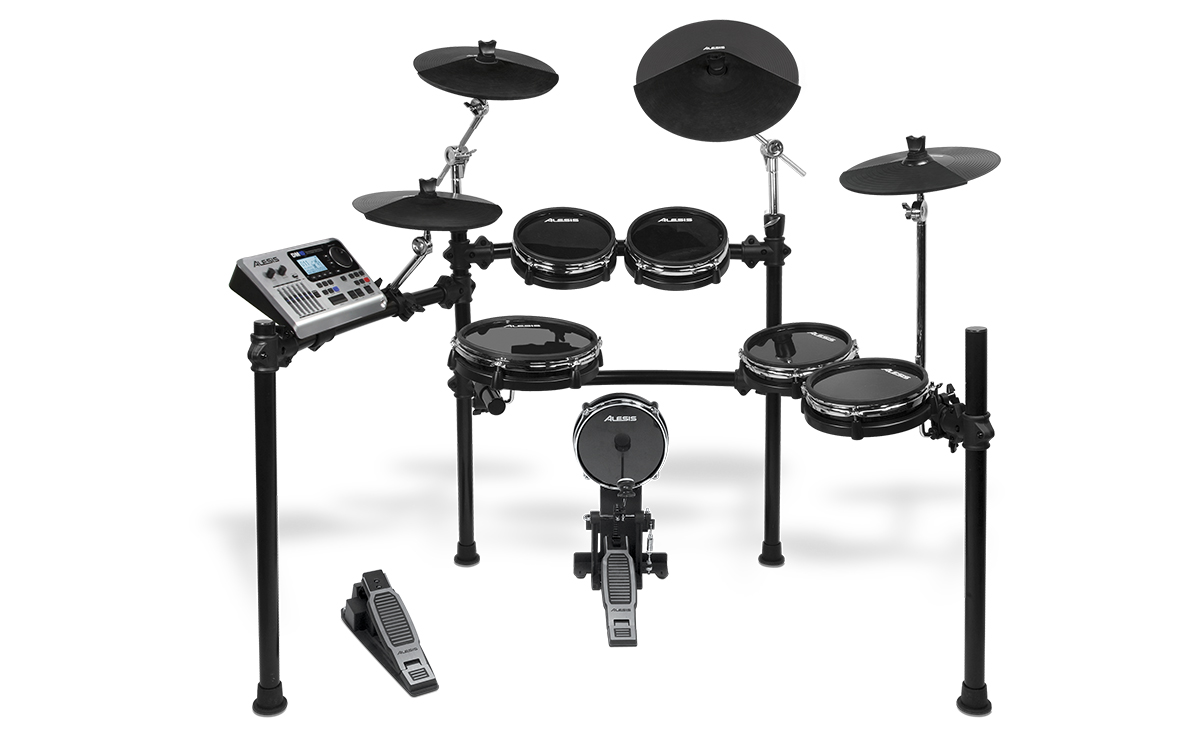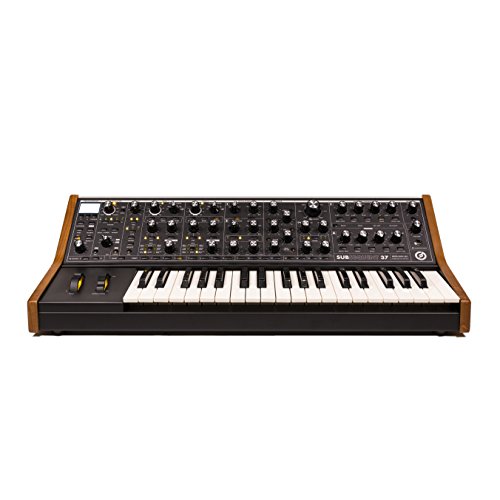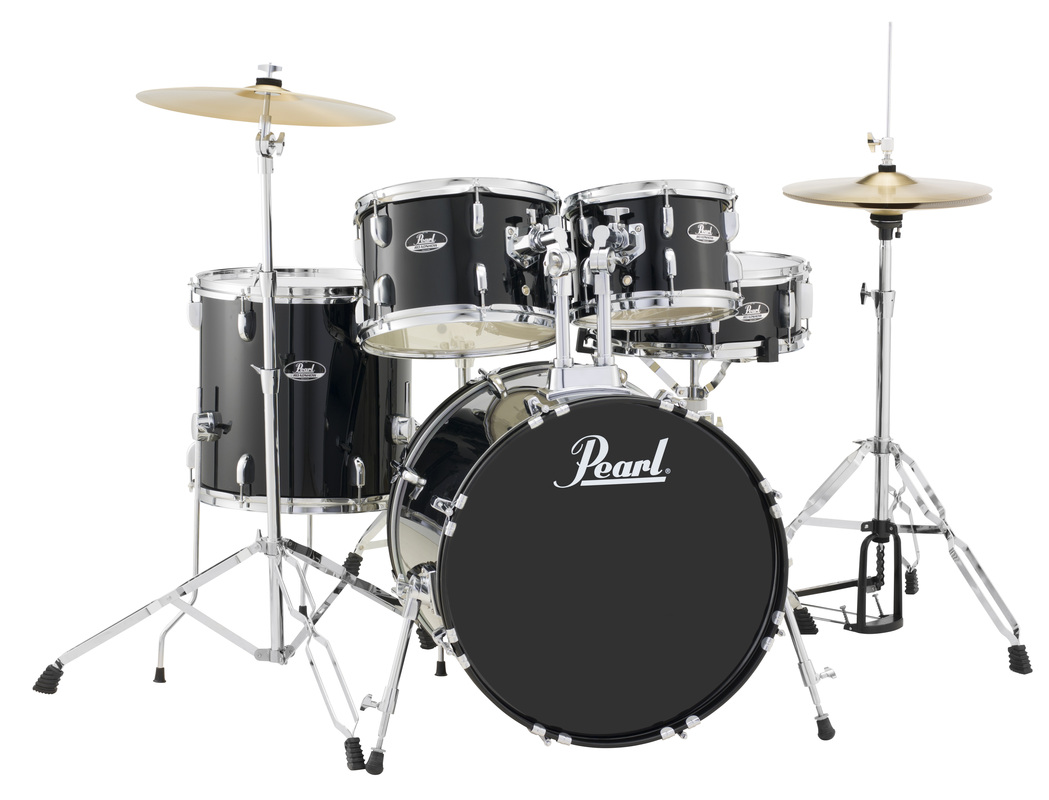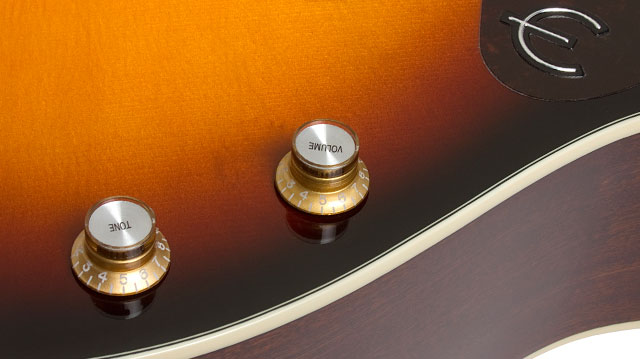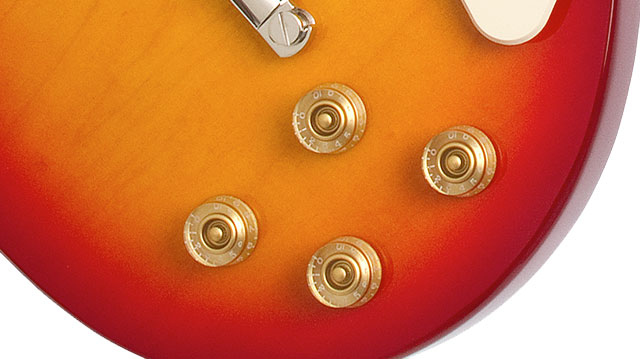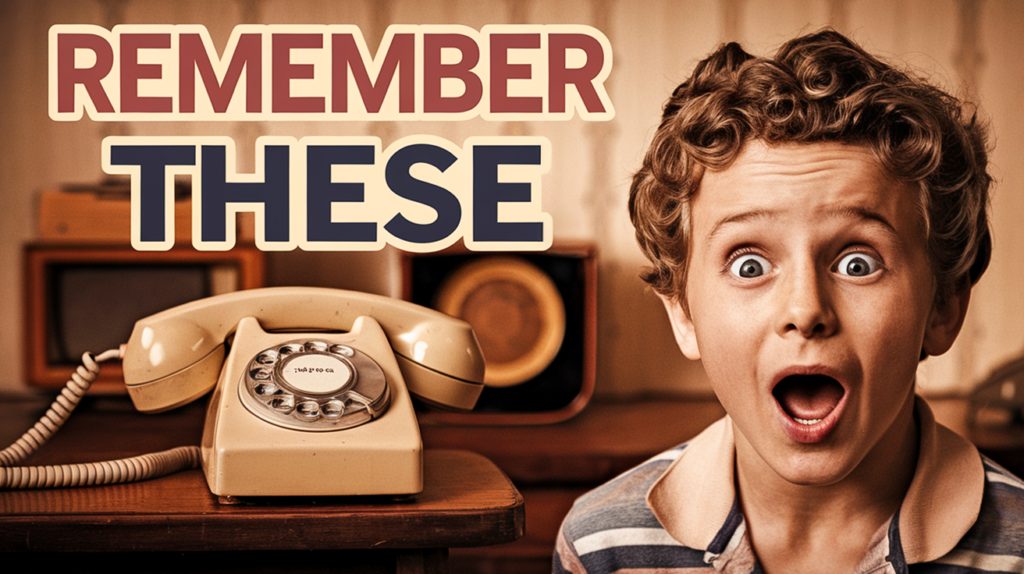
Did you know American children once spent over four hours each day exploring outdoors? In 1955, suburban streets and vacant lots transformed into endless playgrounds of possibility. Young adventurers roamed freely until streetlights flickered on, signaling time to head home. Neighborhood games flourished as children created their own entertainment with simple toys like hula hoops and Lincoln Logs.
Their world would soon change forever. Whether these memories bring back the clinking of milk bottles or the sweet aroma of Play-Doh, here are 32 treasured moments that defined growing up in America’s most nostalgic decade.
32. Outdoor Adventures
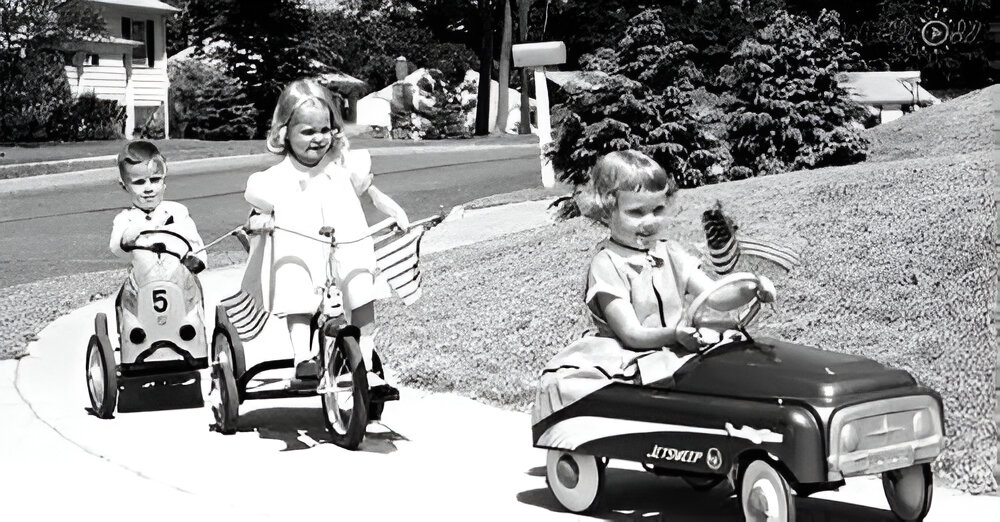
Post-war suburban landscapes bustled with young explorers seeking adventure. While parents worked inside, children transformed vacant lots into worlds of imagination. Children averaged 4.2 hours of outdoor play daily in 1955, roaming freely until streetlights signaled dusk. This golden age of unsupervised play gradually faded as television sets claimed evening hours by 1960.
31. Hula Hoops
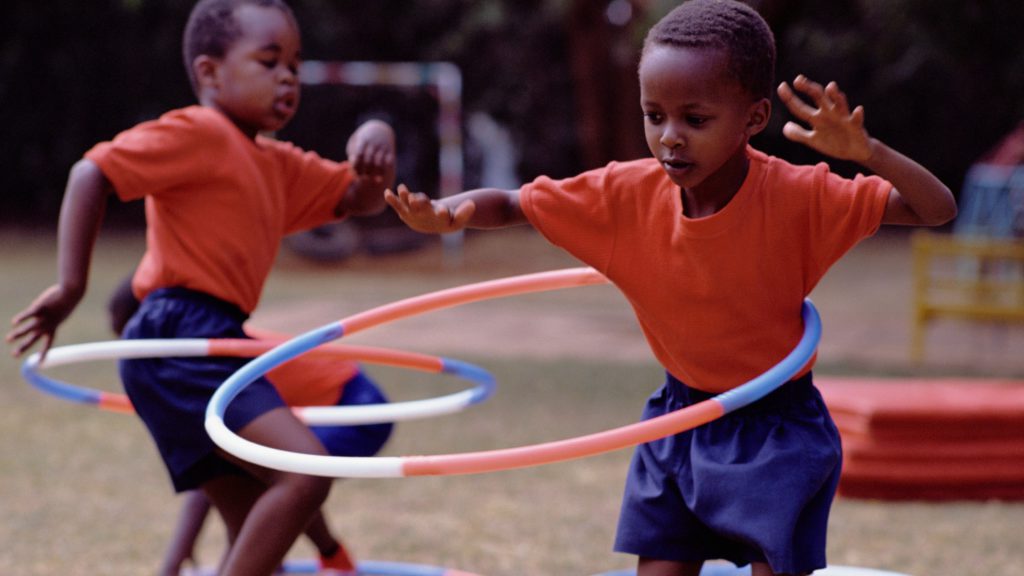
When Wham-O introduced their plastic hoops in June 1958, they ignited a national craze. As manufacturing plants churned out 50,000 hoops daily, playground competitions spread across neighborhoods. Despite soaring demand, retail prices held steady at $1.98, making the toy accessible to most families. By December 1958, the simple circular phenomenon had generated an astounding $45 million in revenue.
30. Lincoln Logs
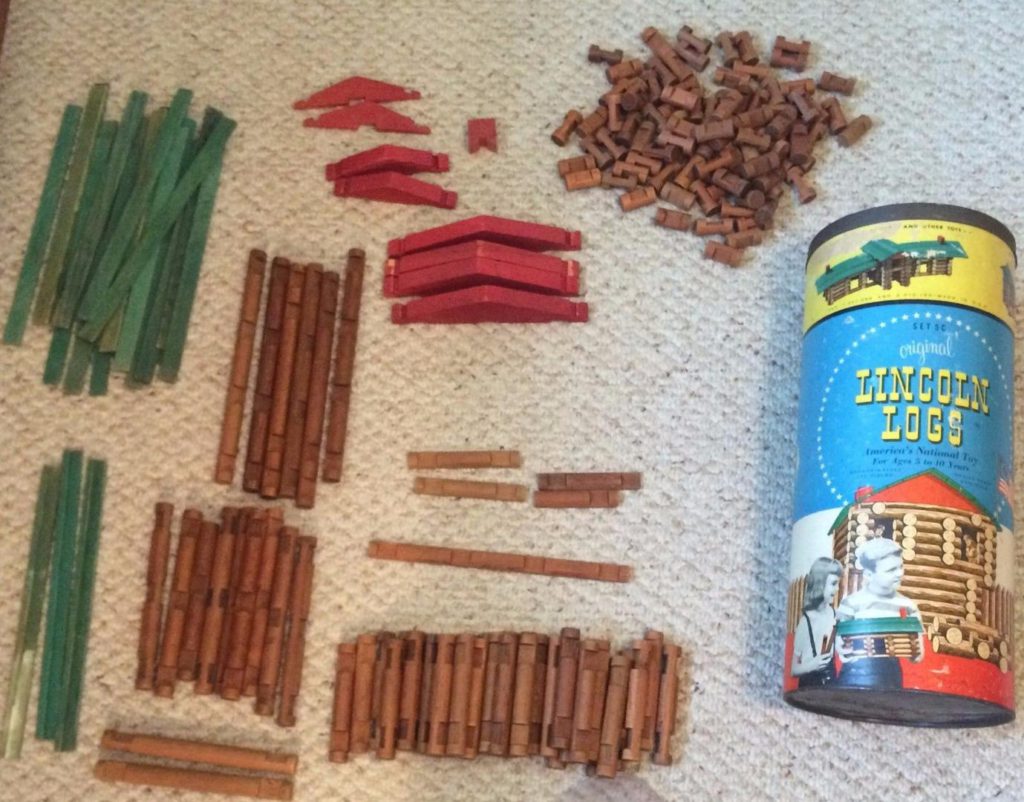
As suburban housing developments spread across America, miniature construction took over living room floors. Each standard set contained 184 precisely notched pieces in 1953, allowing young architects to recreate frontier settlements. When the Davy Crockett television series premiered, monthly sales doubled as children clamored for the genuine redwood toys. The subtle cedar aroma of these classic building sets lingered in toy boxes nationwide.
29. Play-Doh
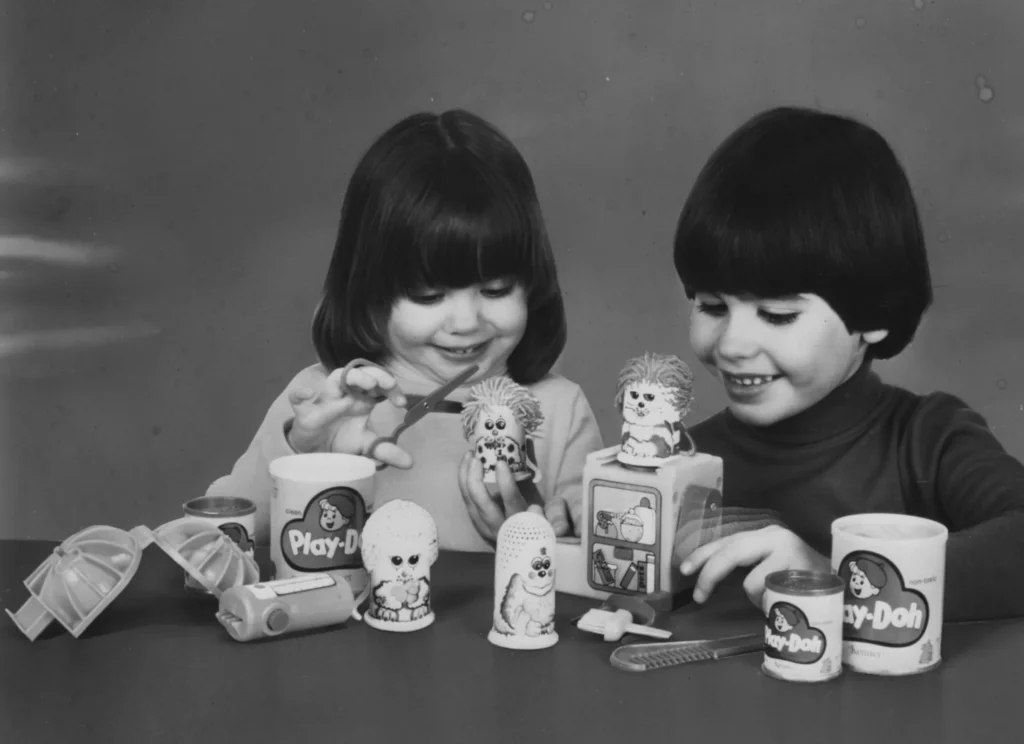
A Cincinnati wallpaper cleaner accidentally evolved into a modeling sensation in 1956. As initial production runs reached 100,000 units, rainbow-colored fingerprints began appearing on furniture nationwide. Children gravitated to the malleable compound (Play-Doh), which retailed at 98 cents in three vibrant colors. The distinctive aroma became so iconic that manufacturers trademarked the scent in 1983.
28. Yahtzee
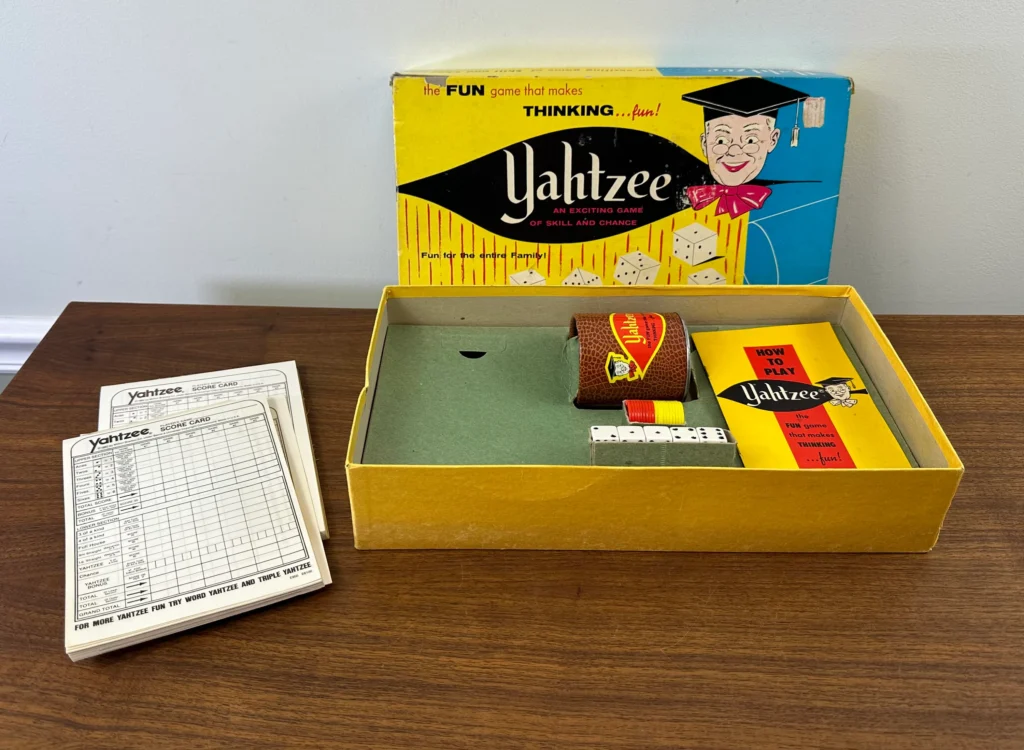
Family game nights found new excitement when Yahtzee debuted in 1956. Initial sets featured leather shaker cups at $1.50, bringing casino-style entertainment home. As the Minneapolis factory produced 1,000 units weekly, living rooms filled with the satisfying rattle of dice. Players developed personal rituals for rolling winning combinations, creating lasting memories around kitchen tables.
27. Sorry!
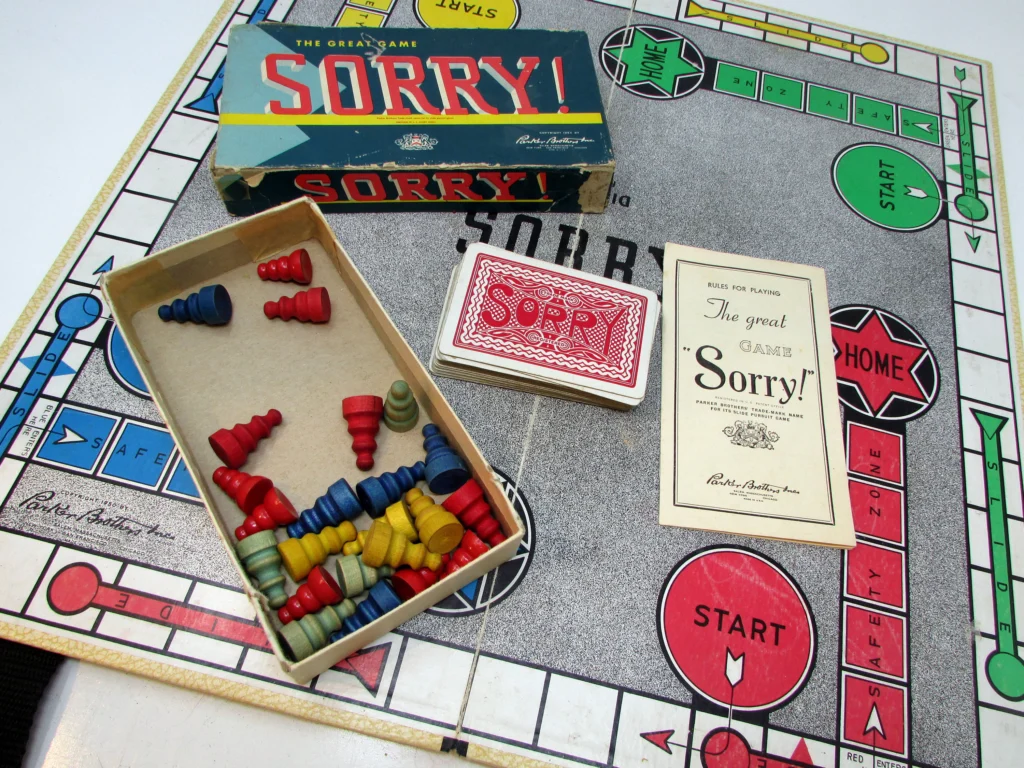
Parker Brothers elevated family competition in 1953 with a deceptively simple board game. While monthly sales hit 25,000 units, parents appreciated the game’s lessons in strategy and sportsmanship. The signature “bump” mechanic delighted children at 98 cents per set. Colored pawns sliding across boards became a nightly ritual in homes across America.
26. The Milkman
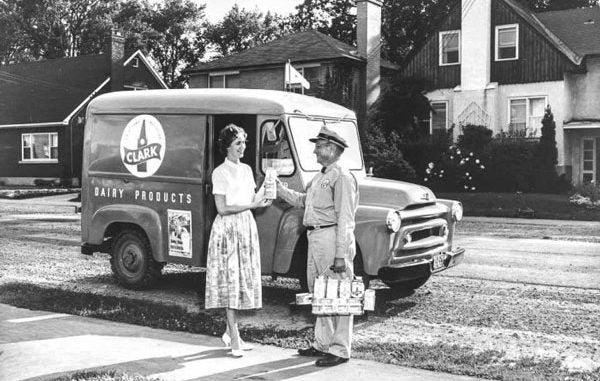
Before dawn, residential streets echoed with the gentle clink of glass bottles. By 1955, 30 million American homes relied on daily milk delivery, each route serving 300 households before breakfast. Handwritten notes tucked into empty bottles requested the next day’s dairy needs. This personalized service tradition gradually faded as self-service supermarkets gained prominence in 1960.
25. Fluffernutter Sandwiches

A sweet New England creation conquered lunchboxes across northeastern states. School surveys in 1957 revealed 60% of students carried these marshmallow-peanut butter combinations. While ingredients cost just 19 cents each, their trading value soared in cafeterias. Radio jingles celebrated this uniquely American sandwich, turning a simple combination into a cultural touchstone. Speaking of food, if you’re curious about food chains back in the day, here’s a round up of 20 fast food chains that faded into history.
24. The Rise of TV
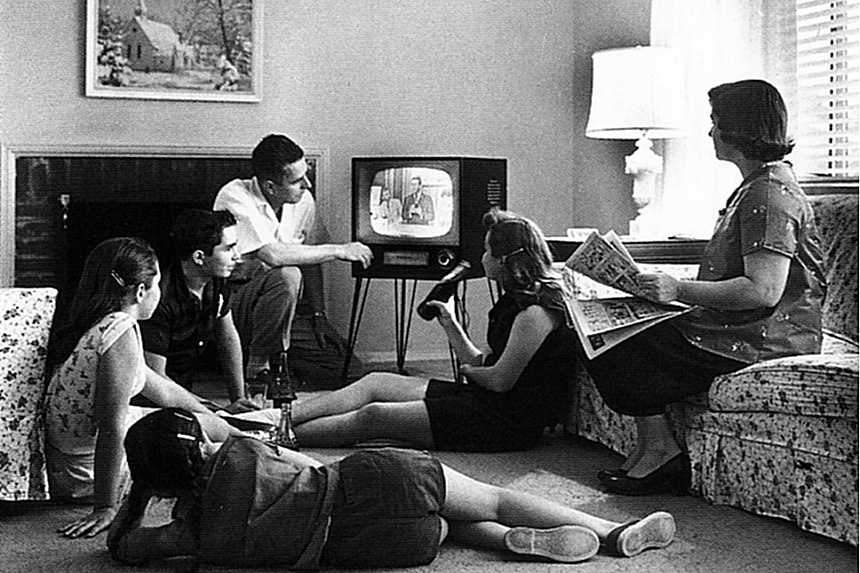
Television transformed American evenings between 1950 and 1959, as ownership surged from 20% to 90% of households. Families rearranged living rooms around these glowing screens, with daily viewing averaging 4.5 hours. Furniture makers rushed to design specialized TV stands, forever changing how families spent their evenings together.
23. The Ed Sullivan Show
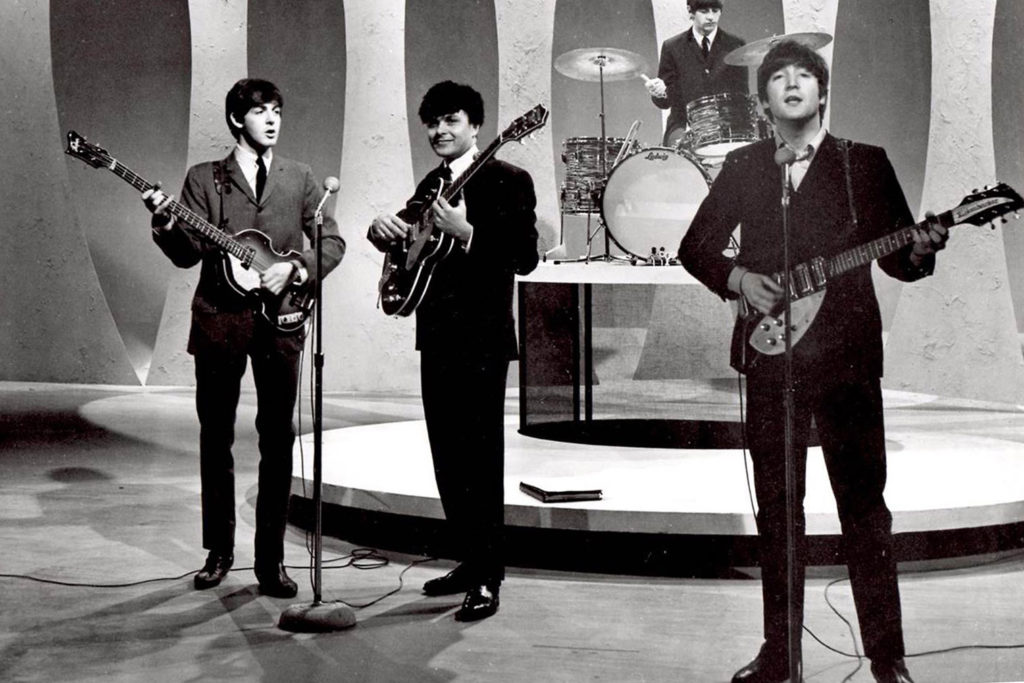
Television transformed American evenings between 1950 and 1959, as ownership surged from 20% to 90% of households. Families rearranged living rooms around these glowing screens, with daily viewing averaging 4.5 hours. Furniture makers rushed to design specialized TV stands, forever changing how families spent their evenings together.
22. I Love Lucy
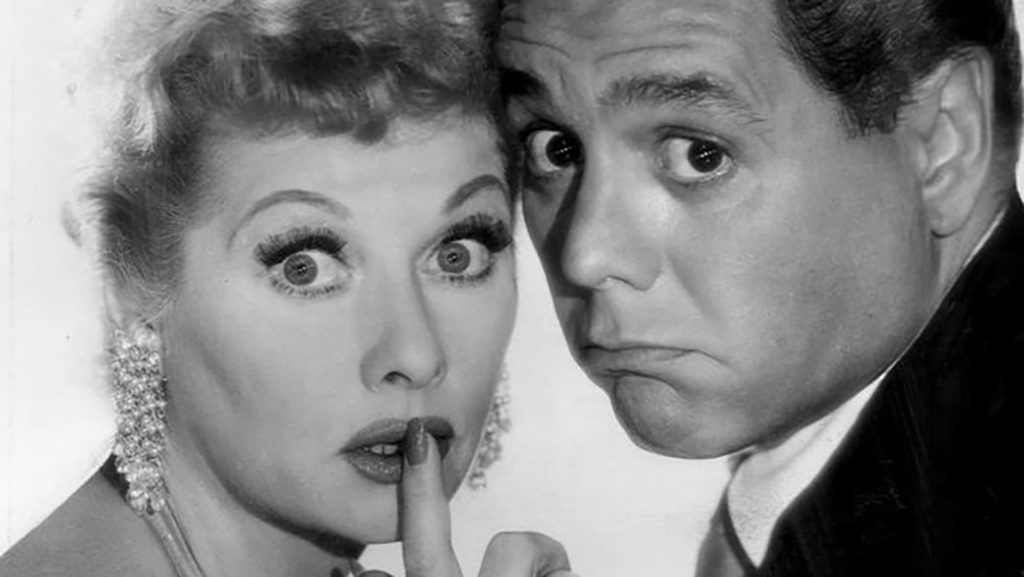
Lucy Ricardo’s misadventures revolutionized television in 1951 through innovative filming techniques. While 67% of households tuned in on Mondays, the chocolate factory episode drew 44 million viewers. The three-camera system transformed TV production standards. Syndicated reruns generated $4 million annually, proving television’s lasting commercial value.
21. Gunsmoke
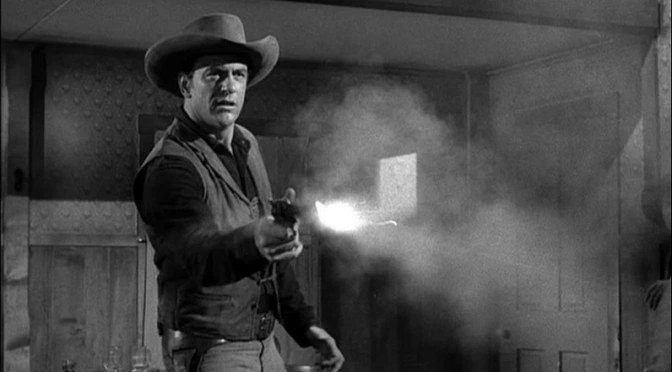
Matt Dillon’s adventures captivated audiences when radio’s favorite western premiered on television in 1955. As weekly viewership reached 40 million homes by 1957, production costs soared to $100,000 per episode. James Arness embodied the marshal for 20 seasons, elevating westerns to prime-time drama status.
20. Star-Spangled Banner Sign Offs
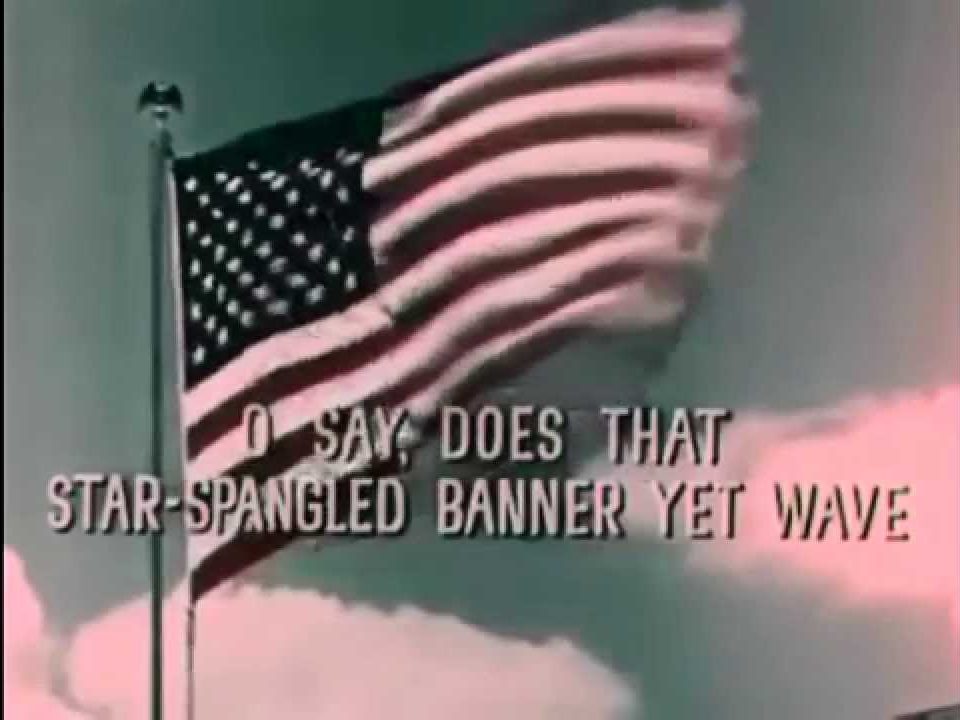
As midnight approached, television stations prepared for their patriotic finale. By 1955, all broadcasts concluded at 1 AM, yielding to technical maintenance needs. While programming resumed at 6 AM, late-night viewers found meaning in test patterns. These nightly rituals unified Americans across time zones.
19. Drive-in Movies
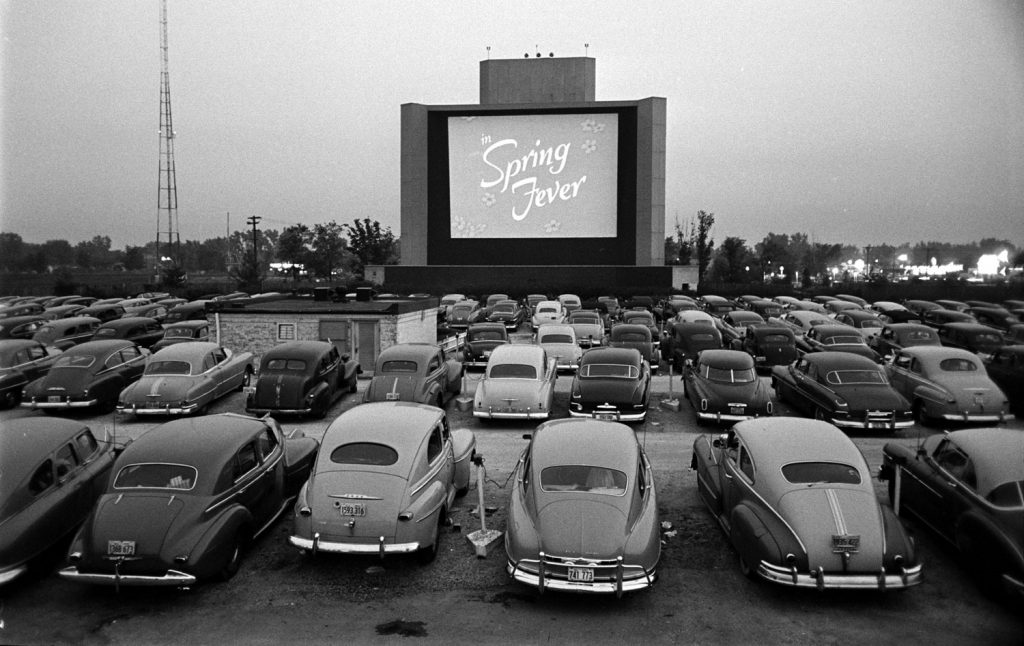
By 1958, 4,063 theaters dotted suburban landscapes, transforming evening entertainment. Young couples and families paid 65 cents to enjoy double features under starlit skies. Car-mounted speakers delivered dialogue while children played on swingsets below giant screens. Records show 25% of Americans attended weekly, making drive-ins a defining social space.
18. Good Humor Ice Cream Trucks

Melodic chimes announced summer’s sweetest moments. In 1955, each pristine white truck made 100 daily stops, with ice cream bars costing 10 cents. Uniformed vendors became neighborhood fixtures, following precise schedules that children memorized. Summer sales topped 30 million bars during peak months.
17. Bazooka Gum
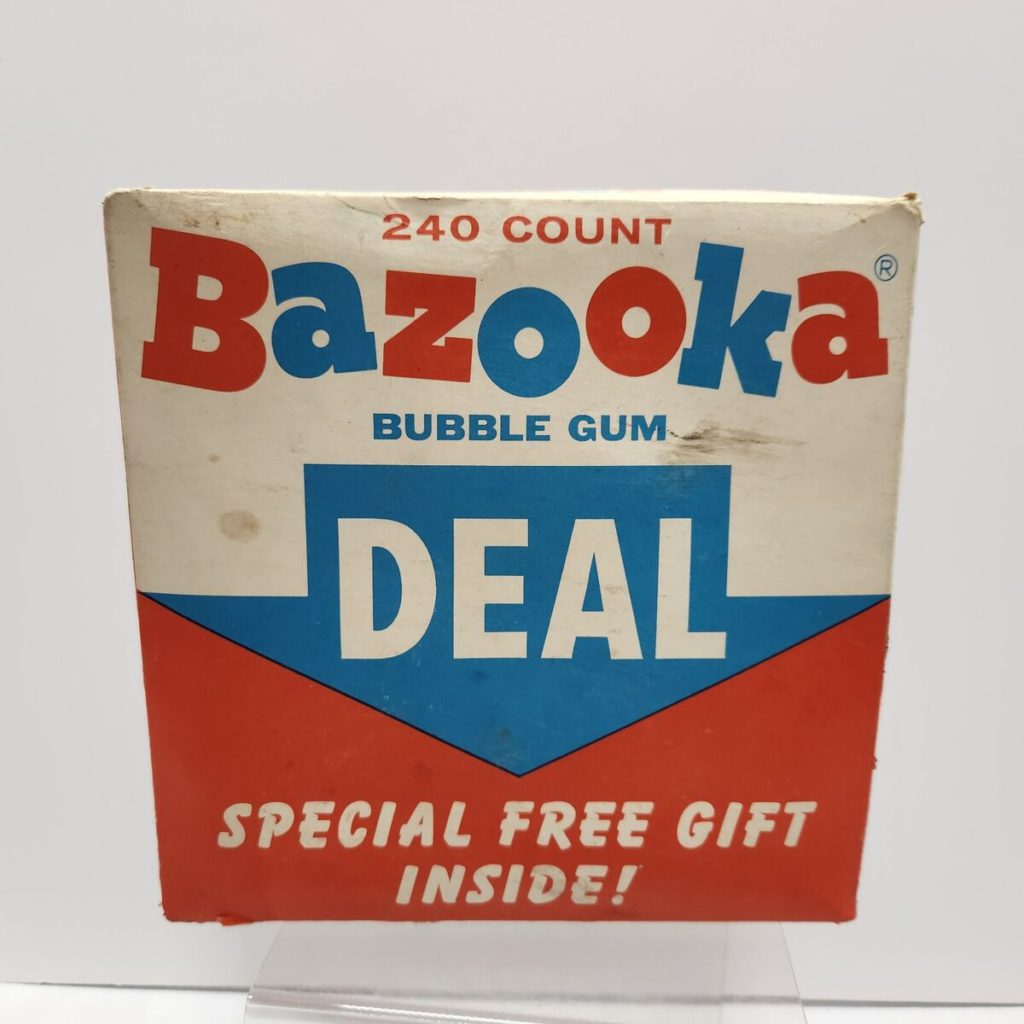
Brooklyn’s bubble gum factory sparked a collecting craze in 1953. While weekly production hit 5 million pieces, children treasured the comics more than the penny gum. One-cent pricing lasted until 1961, as trading networks flourished in schoolyards. Market research revealed 75% recognition among young consumers.
16. Atomic Fireballs

The Cold War’s hottest candy debuted in 1954, requiring 14 days of precise layering. As production reached 1 million pieces daily by 1957, children challenged each other to endure the increasing heat. The strategic naming tapped into atomic age fascination, while the innovative manufacturing process created unprecedented intensity.
15. Candy Cigarettes
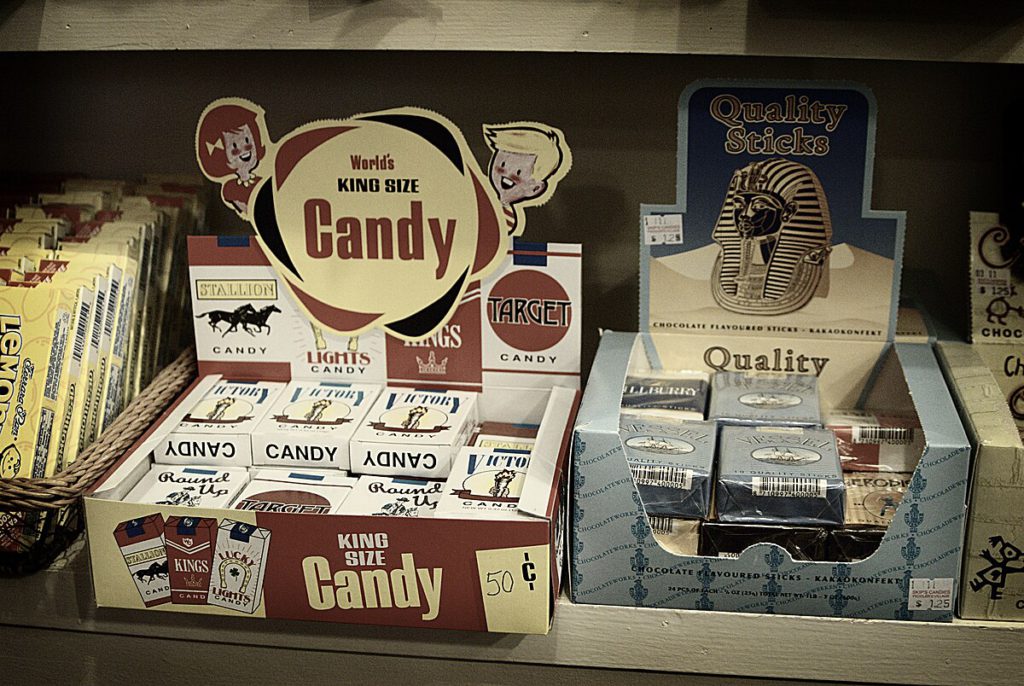
The chalky white sticks emerged in 1953, mirroring adult culture in sugar form. Five-cent packs contained 10 pieces, generating $2 million annually across American markets. While authentic packaging delighted children, parental concerns grew. Production declined sharply after the 1964 Surgeon General’s report.
14. Saddle Shoes

From 1955 to 1959, black and white oxfords dominated teenage fashion. Standard pairs cost $4.95, while polish sales jumped 300% as teens developed meticulous cleaning rituals. Weekend polishing sessions became social events. These versatile shoes bridged casual and formal occasions.
13. Poodle Skirts

The circular fashion phenomenon swept through high schools in 1954. Each skirt demanded 4 yards of felt for proper swing, while patterns sold for 25 cents. Girls personalized their creations with intricate appliques. By 1956, 80% of high school girls owned these distinctive garments.
12. Sockhops
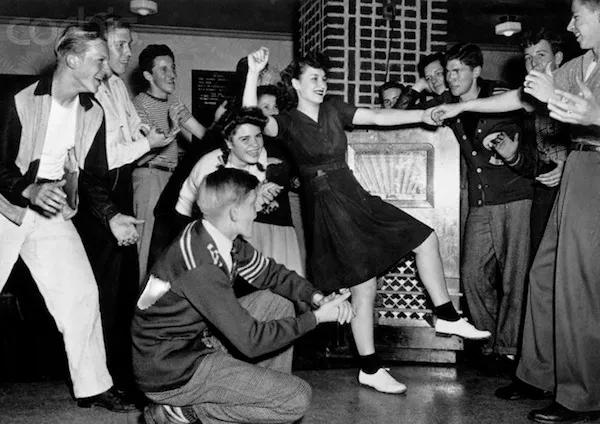
Basketball courts transformed into teenage social hubs after games. By 1955, average attendance reached 200 students, paying 50 cents admission. Stocking feet glided across polished floors as local bands gained their first audiences. These supervised events defined weekend social life.
11. Soda Fountain Hangouts
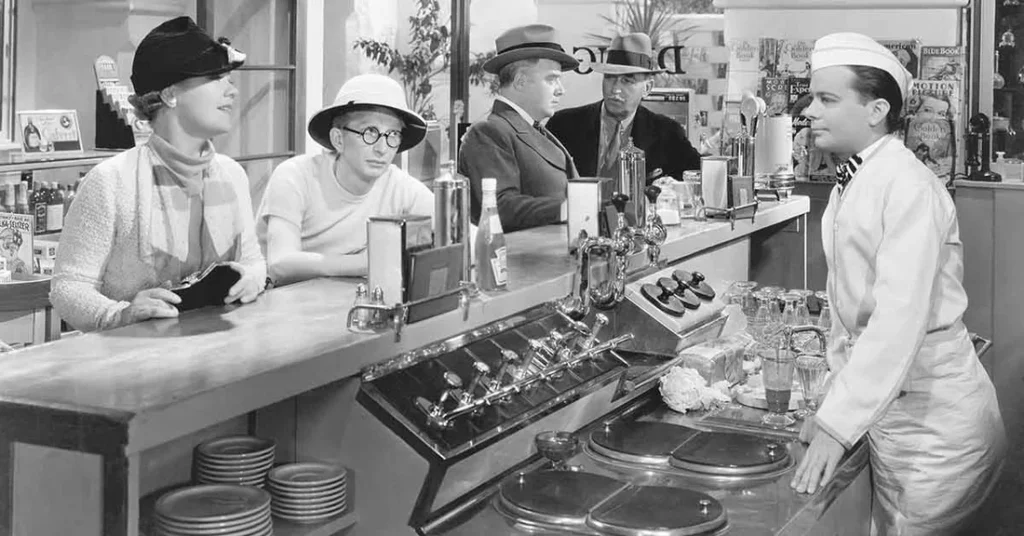
Chrome and vinyl havens offered teenagers-sanctioned social space. Whole malts cost 25 cents in 1955, and 24 counter seats hosted hours of conversation. Skilled soda jerks crafted signature drinks for regular customers. These establishments provided safe spaces for budding romances.
10. Rotary Phones
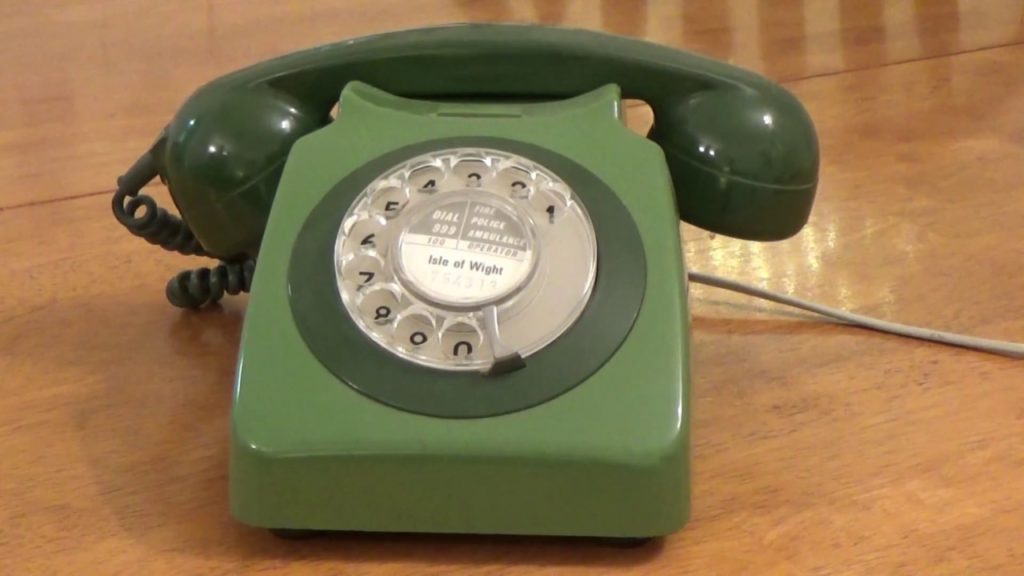
Party lines connected neighborhoods starting in 1952, with monthly service costing $3.50. Each line served 8 households, creating shared communication networks. Emergency protocols gave priority access during crises. Direct dial service in 1963 ended this communal telephone era.
9. Mimeographed Paper

Purple ink revolutionized classroom communication. Machines produced 500 copies hourly by 1955, while supply costs averaged $45 per semester. The distinctive chemical aroma announced fresh assignments. Teachers perfected the art of clear originals for optimal reproduction.
8. Rising Prevalence of Transistor Radios

Personal music arrived in 1954 with the Regency TR-1 at $49.95. These pocket-sized devices offered 20 hours of listening freedom. Teenagers carried their radios everywhere, despite limited audio quality. Rock stations found their audience through these portable devices.
7. Fuller Brush Man Salesmen
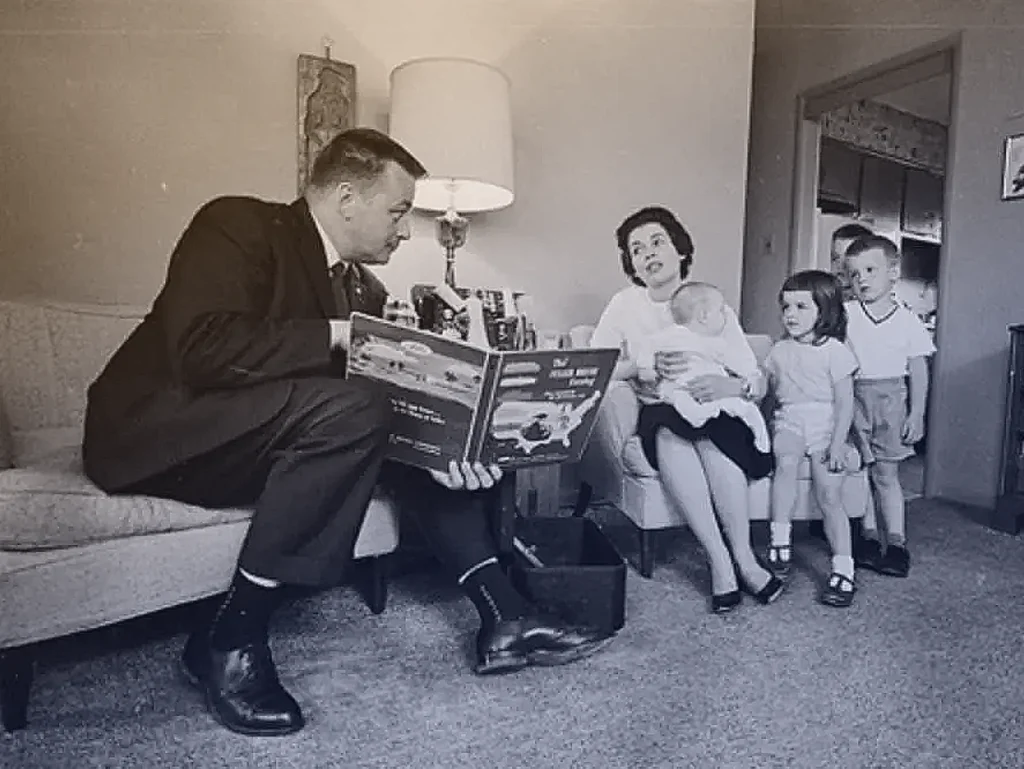
Door-to-door salesmen reached peak influence between 1952-1957. Carrying 100 demonstration items and earning 40% commission, they became fixtures in suburban life. Weekly visits structured housewives’ routines. Personal relationships drove purchasing decisions.
6. Encyclopedia Britannica on Shelves

Knowledge arrived in installments by 1955, with complete sets costing $500. Families managed $10 monthly payments to build their reference libraries. Leather-bound volumes signaled educational commitment. These home collections preceded widespread public libraries.
5. Gold Bond Stamps

Shopping rewards transformed consumer habits in 1953. Ten books equated to $3 in merchandise, while weekly redemptions topped 50,000 items. Families gathered to organize stamps into booklets. This pioneering loyalty program shaped modern retail marketing.
4. Marilyn Monroe

Between 1953-1959, a platinum blonde defined Hollywood glamour. Her films grossed $203 million, while her studio salary reached $100,000 per picture. LIFE magazine featured her eleven times. The 1955 subway grate photograph became an enduring cultural icon.
3. Elvis Presley

Rock and roll found its king in 1956. “Heartbreak Hotel” sold 1.5 million copies within weeks, while performance fees hit $50,000. Television censors struggled with his provocative movements. His music bridged racial divides in popular culture.
2. Western Flyer Bikes

Red steel frames carried suburban dreams in 1955. Standard models cost $49.95, with annual sales reaching 100,000 units. Chrome fenders and colorful streamers personalized each bike. These vehicles represented freedom for a generation.
1. Mickey Mouse Club

Walt Disney revolutionized children’s television in 1955. Daily viewership reached 15 million, while production costs topped $300,000 weekly. Original Mouseketeers earned $185, as merchandising revenues soared. The show established enduring youth entertainment standards.






